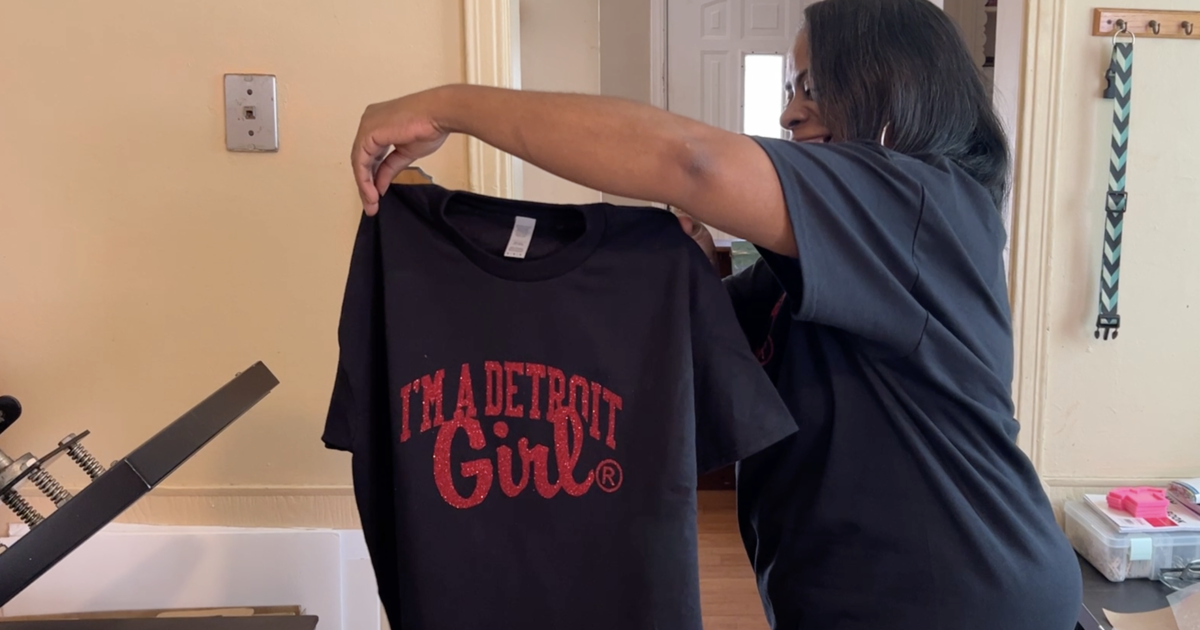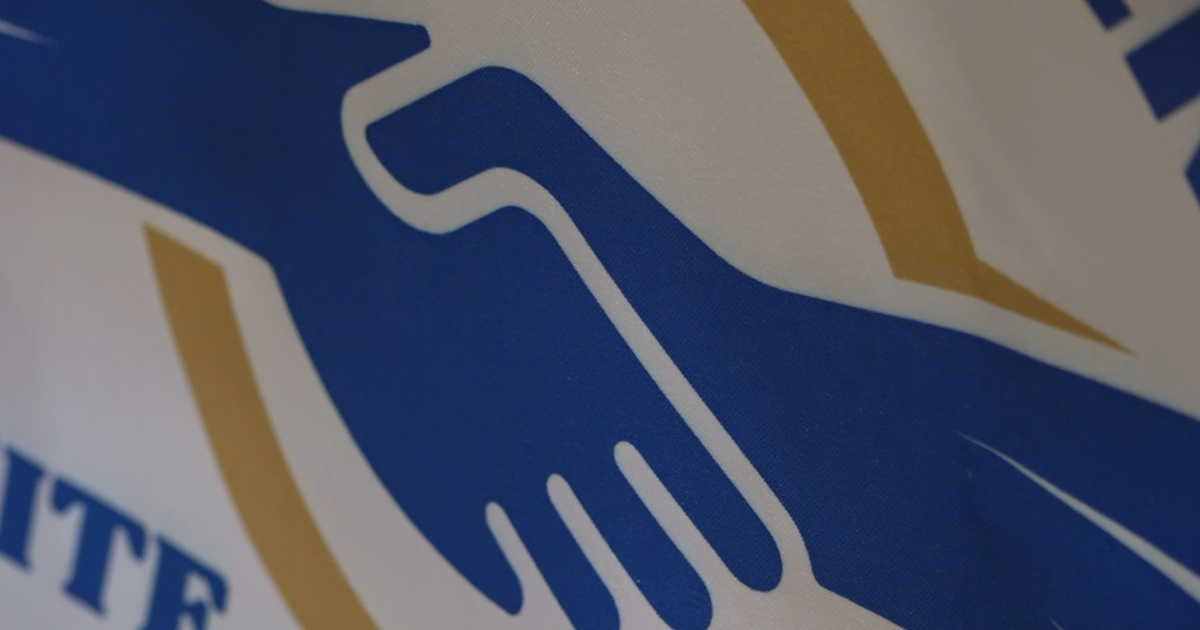Science of Weather: Meteotsunami
Meteotsunamis. You may have never heard the term. It's a weather-related phenomenon that happens around the world, and here in the Great Lakes. Atmospheric weather events like a fast-moving thunderstorm, squall line, or a derecho could bring the right ingredients to create a meteotsunami.
Bryan Mroczka, Physical Scientist Great Lakes Environmental Research Laboratory says, "If you visualize and think of a boat, one of the big carriers moving through the water and it's pushing that bow wave out. Well, the thunderstorm winds and the changes in air pressure with it do something very similar. So if you have the right conditions and the right winds and the right setup, that thunderstorm will push a wave out in front of it. And it's that wave that becomes a meteotsunami and can come ashore."
Eric Anderson, Professor at Colorado School of Mines adds, " We've detected meteotsunamis on each of the Great Lakes using water level records from gauges around the lakes. But certainly, there are hotspots, primarily Southern Lake Michigan and Lake Erie. And that really has to do with both the shape of the lake, the depth of the lake and the kinds of weather we get at the southern end of the Great Lakes."
The most recent significant meteotsunami on Lake Michigan struck Ludington, Michigan on April 13th, 2018. That meteotsunami actually sparked the research that is currently ongoing.
Bryan Morczka, "We are starting to get a clearer picture of just what goes into making this. And so we've started to deploy some buoys out there that will help us detect if this rise in water, this air pressure change, this wind change is starting to occur out here. And that could give us potentially, you know, up to an hour, half an hour, if we detect that rise in water. And we know it's coming, that may be just enough time to get people away from the coast."
And that meteotsunami buoy is located in the southern basin of Lake Michigan.
Kyle Beadle, Engineer says, "So on the top side, we have a barometer that we are collecting data from and then on the bottom side, we have just a pressure sensor that is collecting the changes in pressure, and it will transmit that data back and give you a rough estimate if there's a meteotsunami or not."
If there's a certain threshold pressure change, this instrument will start to scan faster collecting more data, like how fast it's traveling and when it should arrive at the shore. Scientists at the Great Lakes Environmental Research Laboratory located in Ann Arbor Michigan, are busy at work collecting data about this type of weather event.
Steve Ruberg, Observing System Researcher at Great Lakes Environmental Research Laboratory, "So what we're doing in this case is actually trying to collect some data, make some measurements of those meteorologically induced tsunamis so that we can create some kind of a warning system, some kind of a forecast system to warn people about these events that happen so infrequently on the Great Lakes."
Meteotsunamis come in a variety of sizes and can be dangerous. So make sure to know the forecast and always be weather prepared. For Science of Weather, I'm Meteorologist Kylee Miller.



